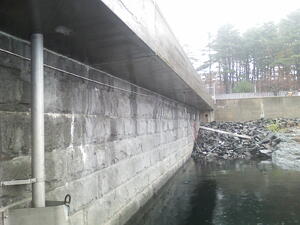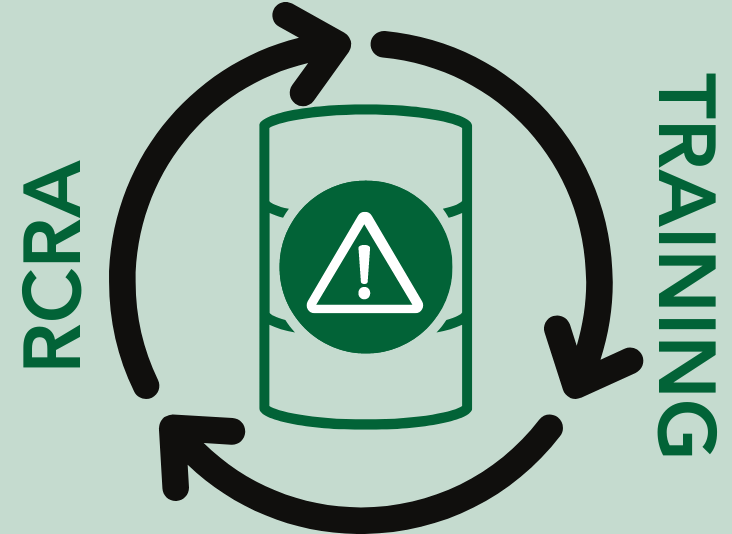Do You Have A Stormwater Management Plan?
 Stormwater management should be a serious concern for your organization. According to Sarah Crean's article in the Gotham Gazette:
Stormwater management should be a serious concern for your organization. According to Sarah Crean's article in the Gotham Gazette:
On August 13th, New York State witnessed the greatest 24-hour rainfall, 13.27 inches, in its recorded history. The state record – last set in 2011 - was broken in West Islip, Long Island, fewer than 30 miles from the Queens border.
A flash flood watch went in effect throughout New York City, and beaches in Brooklyn and Staten Island were closed to swimmers the following day. The heavy rain had overloaded sewer mains, necessitating the release of untreated sewage directly into local waterways.
With a changing climate and increasing development, the importance of proper stormwater management is growing. Not only is not having a management plan dangerous, but it also puts your organization out of compliance. Stormwater management is regulated by the EPA across the United States. The EPA has put together a list of best practices for stormwater management. Here are some of our favorites from their list.
Green Parking Design
Green parking refers to several techniques that, applied together, reduce the contribution of parking lots to total impervious cover. According to the EPA, green parking lot techniques include: setting maximums for the number of parking lots created; minimizing the dimensions of parking lot spaces; utilizing alternative pavers in overflow parking areas; using bioretention areas to treat stormwater; encouraging shared parking; and providing economic incentives for structured parking.
Rain Barrels and Cisterns
Rain barrels and cisterns harvest rainwater for reuse. Rain barrels are placed outside a building at roof downspouts to store rooftop runoff for later while cisterns store rainwater in manufactured tanks or underground storage areas. The water collected in these devices can be used in a variety of ways from toilets flushing to watering the lawn. Both options are low cost and reduce runoff volume and the peak runoff flow rates for small storms.
Curb and Gutter Elimination
Eliminating curbs and gutters can increase sheet flow and reduce runoff volumes. Sheet flow is the form runoff water takes when it spreads evenly in all directions on a surface. By removing gutters and curbs and creating sheet flow, you are helping the water to flow in a similar way to how it would "predevelopment". You can prevent errosion and reduce run off with this method. Instead of accumulating in a drain, the water flows off the pavement and into the ground.
Consider State Regulations
While it's important for you to follow federal regulations around stormwater management, you must consider your state's stormwater regulations as well before implementing new strategies. Some states have their own requirements for stormwater management in addition to federa regulationsl. To learn more about the regulations in your state, contact your local environmental agency.
Want to learn more about how stormwater regulations' impact your organization? Come to our Maryland roundtable on September 16th.










.png)